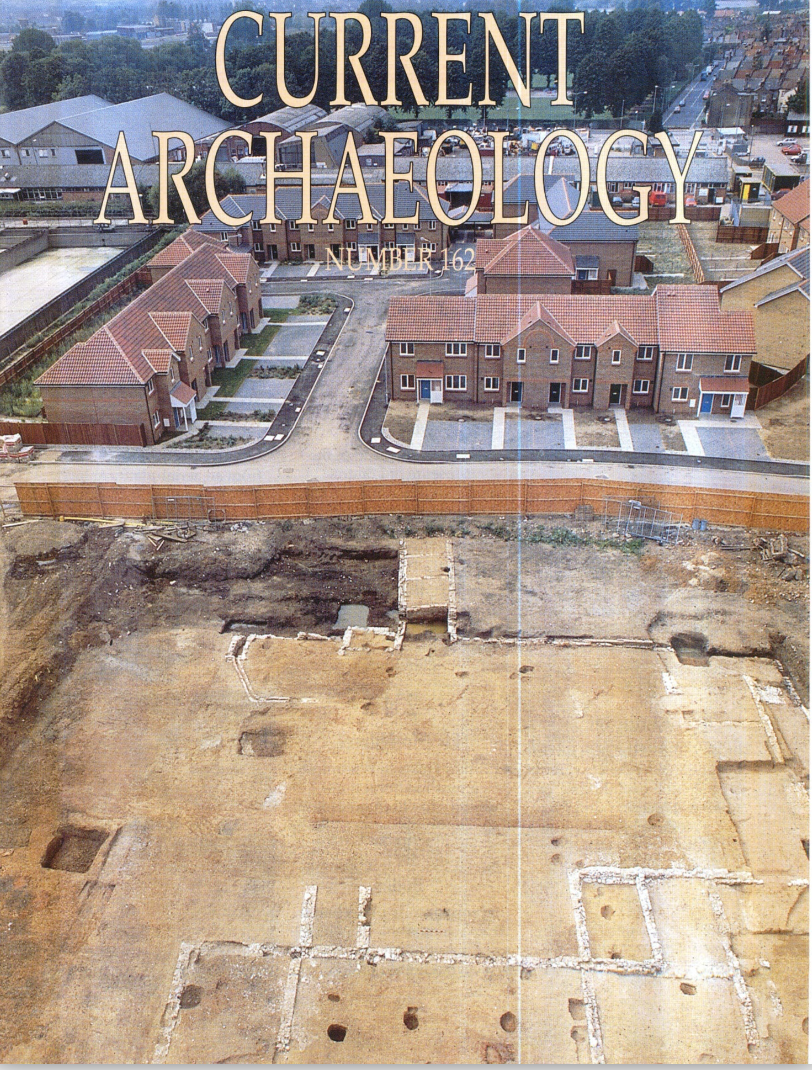This issue forms the second part of our survey of archaeology in London. In CA158 we looked at Roman and Saxon London, so in this issue we look at medieval and later London.
In recent years, much development has concentrated just outside the City where the comparatively cheap houses of the East End are being replaced by huge office blocks. This was the area favoured by monasteries in the middle ages and so these form the subject of our first major article.
Some of these were very rich. The Priory of St John Clerkenwell, head of the Knights Hospitaller in England, was more like a palace than a monastery with an accountants’ enclave attached; others were more modest, but most of them were built on a magnificent scale.
The monasteries were surrounded by cemeteries, and a team of osteologists is examining the bones and drawing some surprising conclusions about the diet of the monks. And why were around 2% of the graves in the monastic area those of women?
Perhaps the richest of all the monasteries was that at Westminster, which was originally on an island, Thorney Island. Here a new underground station is being constructed as part of the Jubilee Line Extension Project- which supported the archaeology on several of these sites. How far did they reveal new evidence about the origins of the Abbey – and about the layout of the Palace in the Middle Ages?
On 18th August 1944, a flying bomb came down at Walthamstow and scored a direct hit on Low Hall Manor. The site has now been investigated – even the remains of the flying bomb were found – and it proves to be a very fine example of a moated manor house: what was life like in one of these medieval manor houses?
The low lying marshy fields just west of Westminster, known as Tothill Fields, were used in the 15th and 16th centuries as a horse cemetery. Over a hundred horses were found buried here and also a number of dogs. But why were such numbers of horses buried in this way – and by whom?
Finally, we take a look at MoLAS, the Museum of London Archaeology Service to whom our thanks are due for this issue and to whom all illustrations should be credited. Taryn Nixon, the Head of the Service, talks of her own background in Hong Kong, and her desire on returning to England to work in what she has described as the best of all units in the best of all cities.
This issue is accompanied by a new supplement called ‘Touching the Past’ listing numerous opportunities to take part in excavations and other projects where it is possible to reach out and ‘Touch the Past’. If you wish to take part in more active archaeology – good luck!

